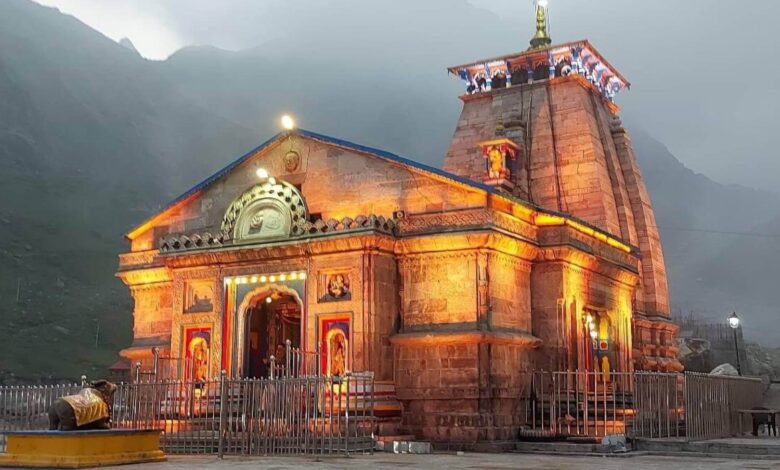
Kedarnath, Uttarakhand – Nestled in the majestic Garhwal Himalayas, the sacred town of Kedarnath stands as a testament to human faith and nature’s resilience. Revered as one of the holiest pilgrimage sites in Hinduism, Kedarnath Temple, dedicated to Lord Shiva, has not only been a beacon of spiritual solace but also a symbol of rebirth following the devastating floods of 2013.
A Sacred Sanctuary
Kedarnath Temple, perched at an altitude of 3,583 meters (11,755 feet), is one of the twelve Jyotirlingas and an integral part of the Char Dham pilgrimage. The temple’s ancient stone structure, believed to be over a thousand years old, exudes an aura of divine sanctity. Pilgrims from around the globe undertake the arduous journey to seek blessings and experience the serene spirituality that Kedarnath offers.
The Catastrophe of 2013
In June 2013, Kedarnath faced unprecedented calamity as torrential rains and cloudbursts triggered massive floods and landslides. The deluge wreaked havoc, causing widespread destruction and claiming thousands of lives. The temple complex and surrounding areas were buried under debris, with the landscape transformed beyond recognition. The disaster highlighted the vulnerability of the region to natural calamities, prompting urgent calls for resilient infrastructure and disaster management.
Revival and Reconstruction
The post-2013 reconstruction of Kedarnath has been a remarkable journey of restoration and resilience. Spearheaded by the Uttarakhand government and supported by various organizations, the rebuilding process aimed to not only restore the temple but also to enhance the infrastructure to withstand future adversities.
New pathways, improved accommodation facilities, and robust flood defenses have been established. The reconstruction efforts have meticulously preserved the temple’s historical and spiritual essence while integrating modern engineering to ensure the safety of pilgrims. The use of environmentally sustainable practices has also been a priority, ensuring that the sanctity of the sacred site remains unblemished by human intervention.
A Testament to Faith
The revival of Kedarnath is not merely a story of bricks and mortar but a testament to the unwavering faith of millions. Pilgrims continue to flock to Kedarnath, undeterred by past adversities. The temple’s reopening marked a new chapter, symbolizing hope and spiritual rejuvenation. Each year, the yatra season witnesses an influx of devotees, whose prayers and offerings echo through the valley, reaffirming the indomitable spirit of devotion.
Future Aspirations
As Kedarnath strides towards the future, there is a collective vision to balance spiritual tourism with environmental stewardship. The introduction of sustainable practices, such as eco-friendly facilities and waste management systems, underscores a commitment to preserving the pristine beauty of the Himalayas. Furthermore, ongoing infrastructure developments aim to make the pilgrimage accessible to all, including the elderly and differently-abled, ensuring that the divine experience of Kedarnath remains inclusive.
Conclusion
Kedarnath stands as a poignant reminder of nature’s fury and the enduring power of faith. Its journey from devastation to revival is a narrative of resilience, reverence, and renewal. As pilgrims ascend the sacred path to Kedarnath, they not only seek divine blessings but also become part of a living legacy that celebrates the spirit of human determination and the eternal bond between mankind and the divine.
For those seeking spiritual enlightenment and a profound connection with nature, Kedarnath offers an unparalleled sanctuary, where the divine presence of Lord Shiva is felt amidst the tranquil embrace of the Himalayas.






